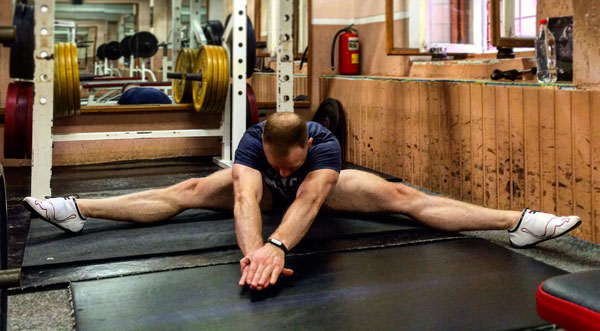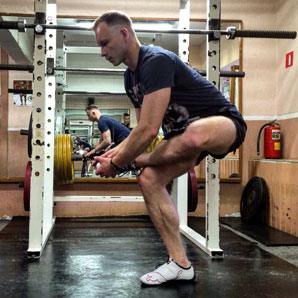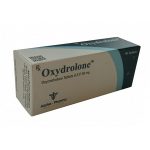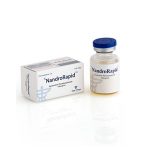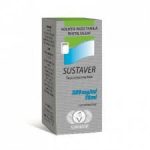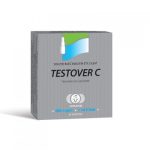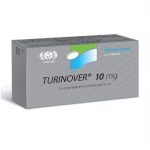Stretching exercises and flexibility
On a note
If you neglect exercise for the development of flexibility (stretching, massage with rollers and other painful procedures), you miss a lot.
The barbell and dumbbells, when used correctly, are, of course, faithful assistants in the sculptural and sporting modeling of the body. But it is worth remembering that the muscles in the training are actively “hammered”. Stretching improves their blood supply and helps to remove toxins from the body. So, recovery after training is faster. Regular stretching helps to utilize lactic acid, prevents muscle congestion, alleviates chronic pain and even prevents the occurrence of injuries and seizures. It is important to stretch people with sedentary-standing work: pain in the back and legs are significantly reduced.
Stretching exercises and flexibility were very popular in the 1970s and 1980s, but today, after 40 years of research, the benefits of stretching are sometimes considered questionable.
- If it helps you to relax, then keep stretching.
- If you feel that stretching negatively affects your productivity, do not worry, this can happen. Stretching can have both negative and positive effects on the performance of your workouts.
Exercises for stretching act on the strength of passive muscle resistance. Permanent strength training can reduce the range of motion by clamping muscles. A certain degree of tension in the muscles should be present, especially in power sports, but too much stress and a limited range of movements can easily lead to injuries. However, flexibility should not be a priority. Good flexibility is impressive, but, being carried away too much, flexibility will work against you in terms of progress and productivity.
!!Important. We believe that muscle stretching exercises can either increase or decrease efficiency, so you have to be very careful and stretch properly.
You must find a good compromise between muscle stiffness and flexibility. This compromise was determined by the Soviet bodybuilding masters: to prevent injuries, the muscles should remain flexible enough to have a slightly larger range of motion than is necessary for your sport, but not enough to make you lose power.
Types of stretch marks
Dynamic: exercises with a progressive range of movements. For example, when preparing for a football match, you can make 10 flies with your feet to the waist, and then 10 to the chest. A professional kickboxer can do a dozen flies to the head. “The muscles gradually stretch with the complication of exercise,” Patmore explains. “It’s like loading a gun before a shot.” These exercises mimic the upcoming movements, so they are used by many athletes. In the hall you can use this kind, performing each exercise at first only with a stamp, that is, with the lightest weight. This way and without yoga, you can stretch the muscles to prevent injury.
Static: stretching in the literal sense of the word, that is, stretching the muscle until the tension appears in it. With every repetition, you should try to stretch a little further. Do not try to establish a new personal record: according to Medical Science in Sports and Exercise, this type of stretching worsens the effectiveness, because it relaxes the muscles a little. But such stretching after training helps to reduce the recovery time, reducing the level of lactic acid.
You need to perform stretching exercises in the following four cases:
During warm-up
If you stretch the elastic for a few seconds, it will begin to heat up. In the same way, stretching warms the muscles and tendons. But if you pull out the rubber band too much, it will stretch and lose elasticity. It can even tear. The muscles are very similar. You must be careful when stretching during warm-up. In fact, medical studies show that a stretch with a prolonged stretch usually causes a decreased productivity. The loss of even a little explosive force will cause the muscle to become less powerful, because the stretch reduction cycle will be slower. This performance reduction lasts only a few hours, but it’s enough to interfere with your workout. So be careful not to overdo it when you stretch during a warm-up.
Preheating before stretching and twine is a mandatory condition. The best muscles are amenable to “training” in the heat. In other weather warm socks, leggings and knee-highs hurry to help. If you face specific tasks in terms of stretching – it is worth starting to visit the sauna. After “hot therapy” your muscles will clearly demonstrate the result, not comparable with the indicators after an easy warm-up.
Between sets
During stretching, stretching can have two effects:
- At best, stretching allows you to quickly restore muscle strength, which helps reduce the rest time between sets.
- In the worst case, stretching can increase the loss of power.
Clarifications of these extremes are not as surprising as they may seem. They largely depend on the amount of muscle fatigue achieved during exercise. It is even possible that stretching is beneficial between the first few sets, and then ineffectively between the following approaches. This can also be relevant and vice versa.
The advantage of stretching exercises is that you feel its advantages or disadvantages immediately after stretching. Therefore, you should not strictly adhere to the program regarding stretching between sets. Even if some people praise the dignity of stretching, the benefits can not be in every case and for each person they are all the same all the time.
After training
This is the best time for stretching, even if there is a temporary decrease in muscle productivity, this will not affect the training. Ideally, you need to pull those muscles that have trained, since they are maximally heated. But, always keep in mind a rule that we have already described: Too much flexibility can be harmful in the long run. Just maintain the necessary range of motion to avoid injury.
Between training
Stretching exercises can accelerate the recovery time between two workouts. The problem in this technique is to start with cold muscles, which is very dangerous. However, contrary to the general opinion, stretching between workouts does not always help the muscle to recover.
